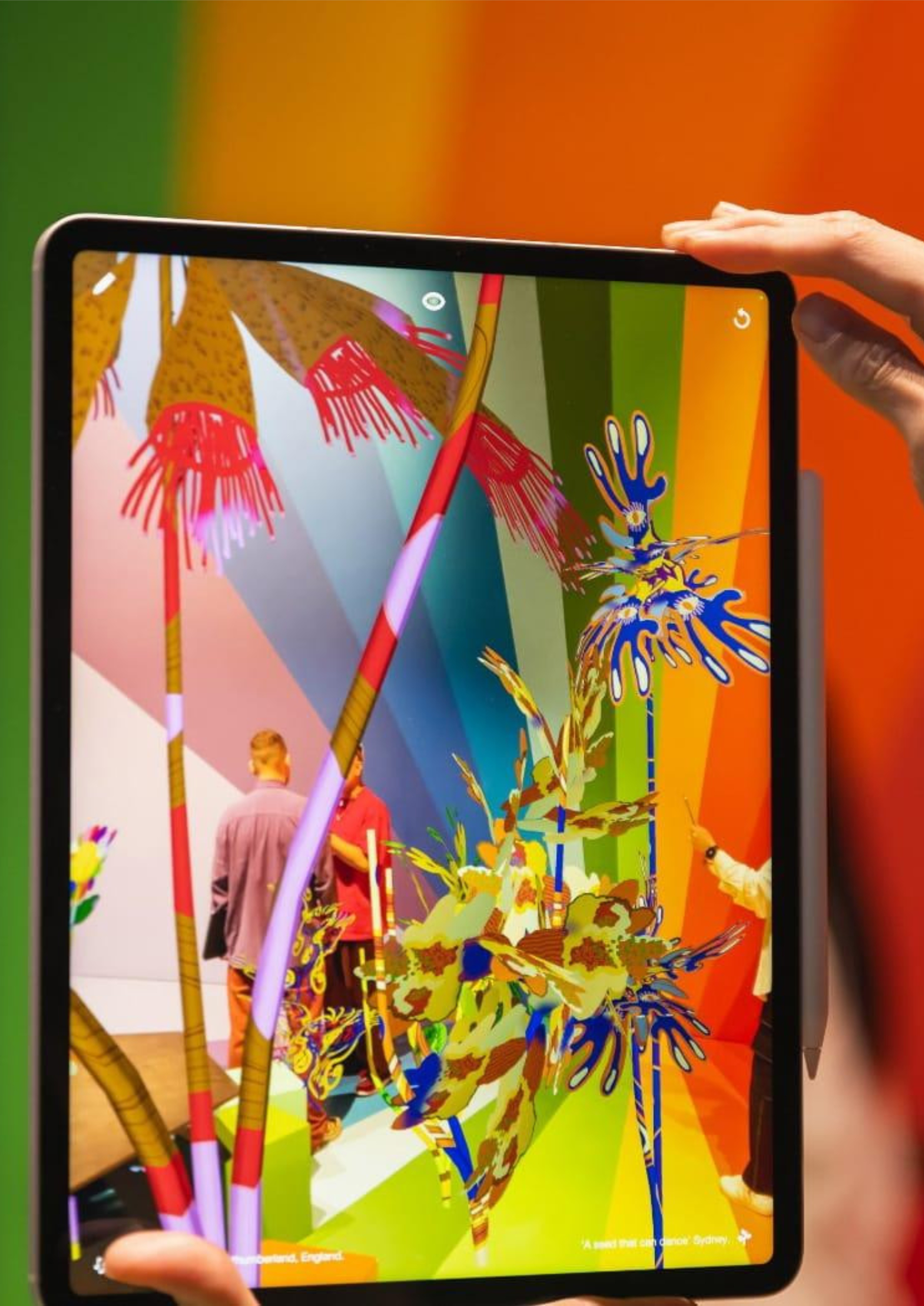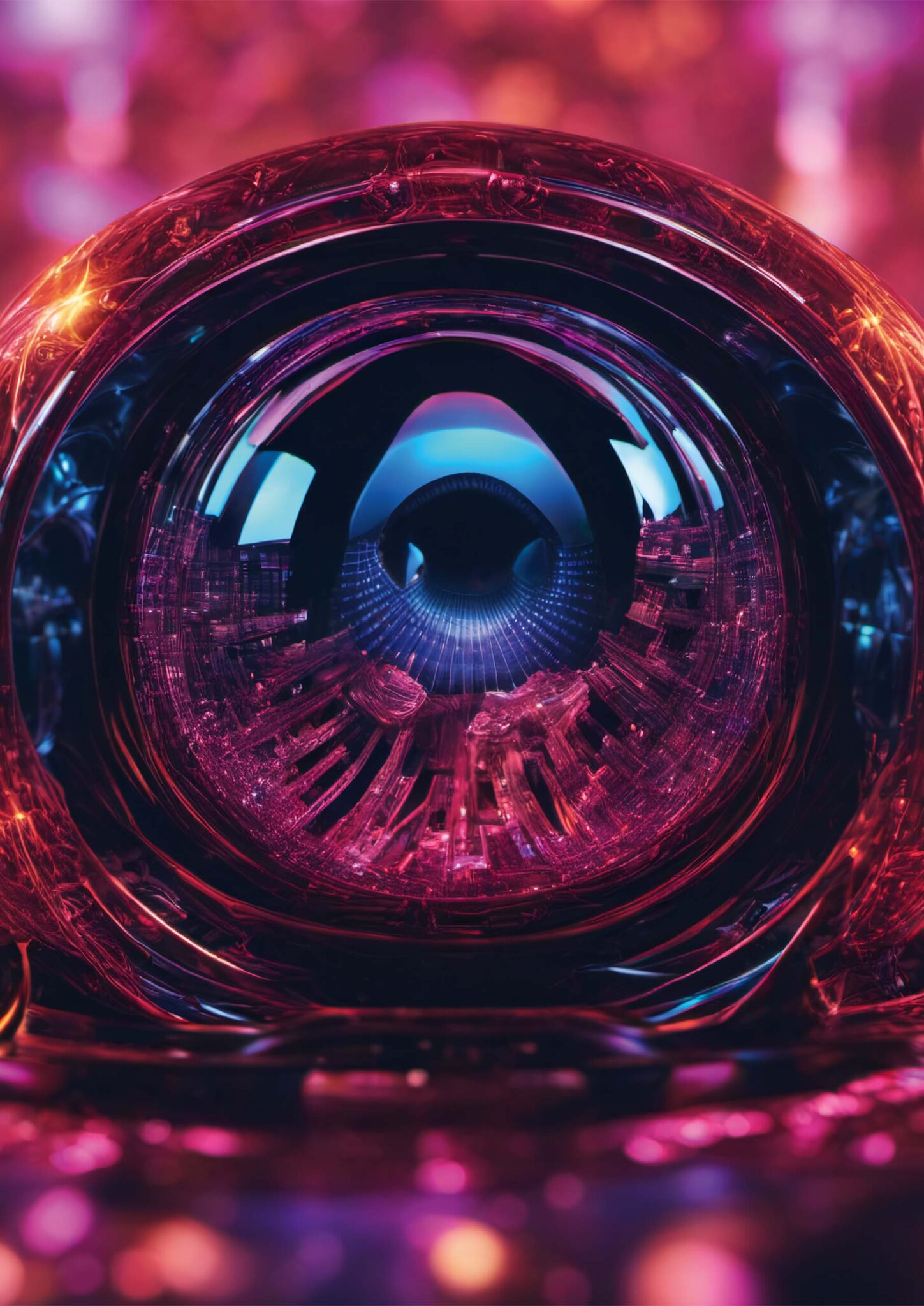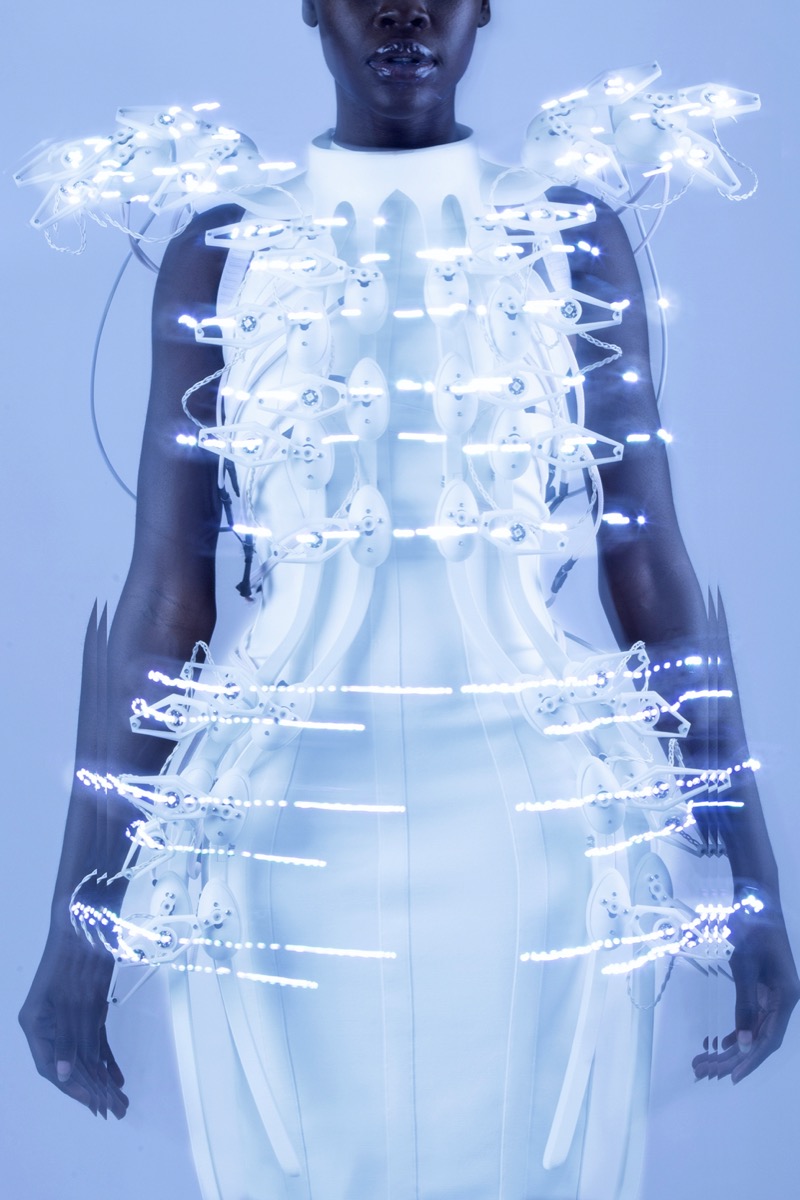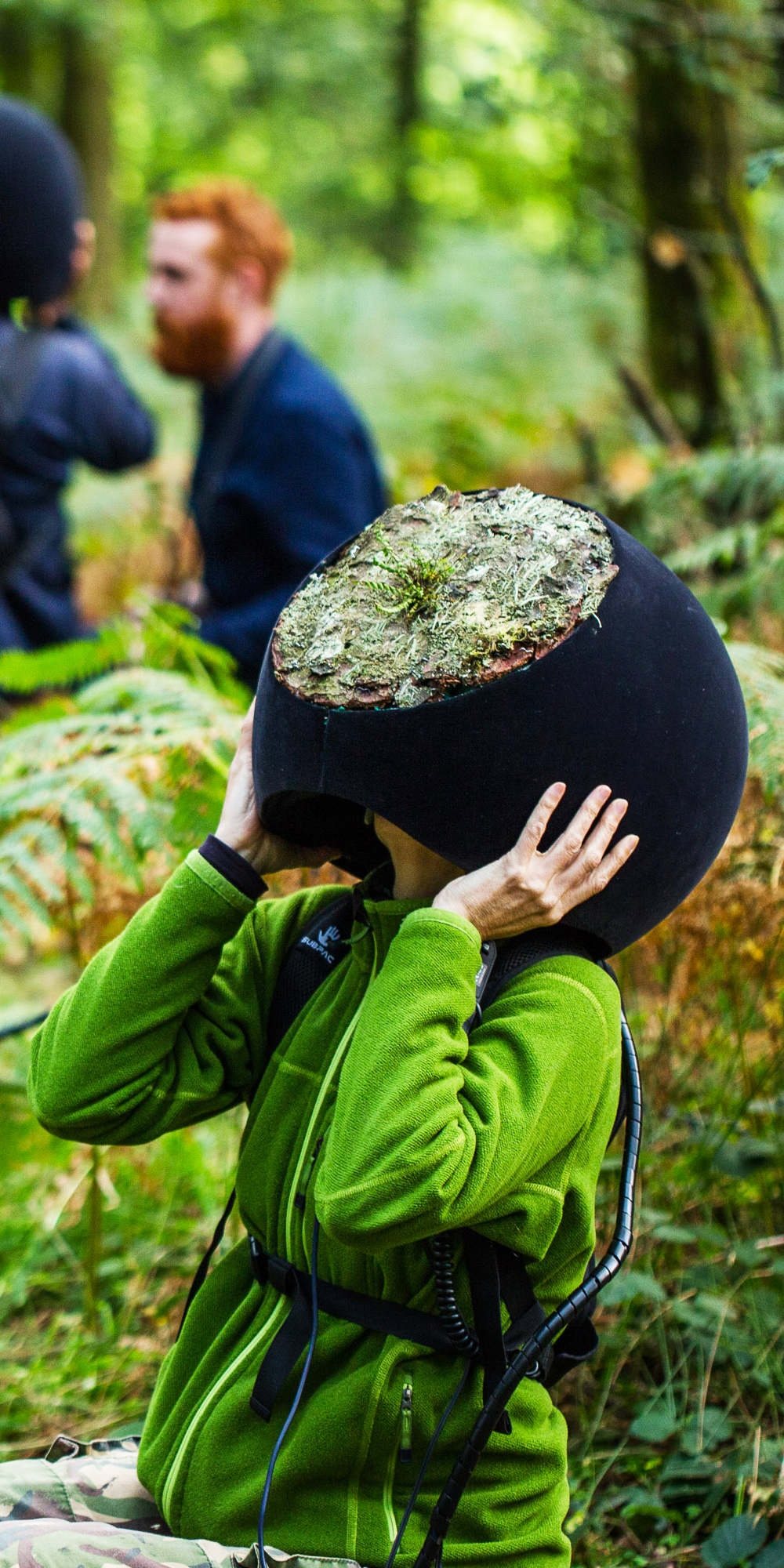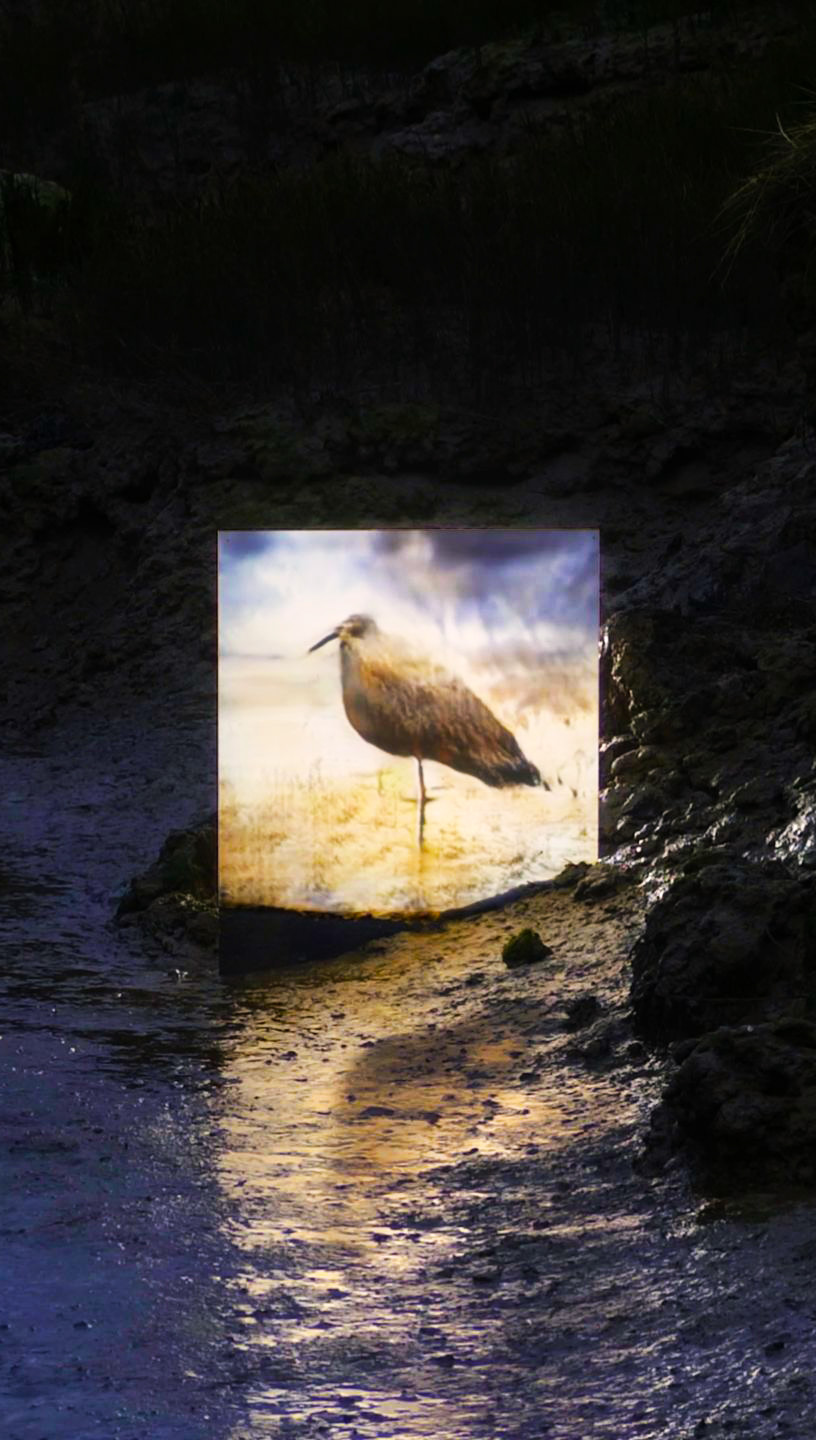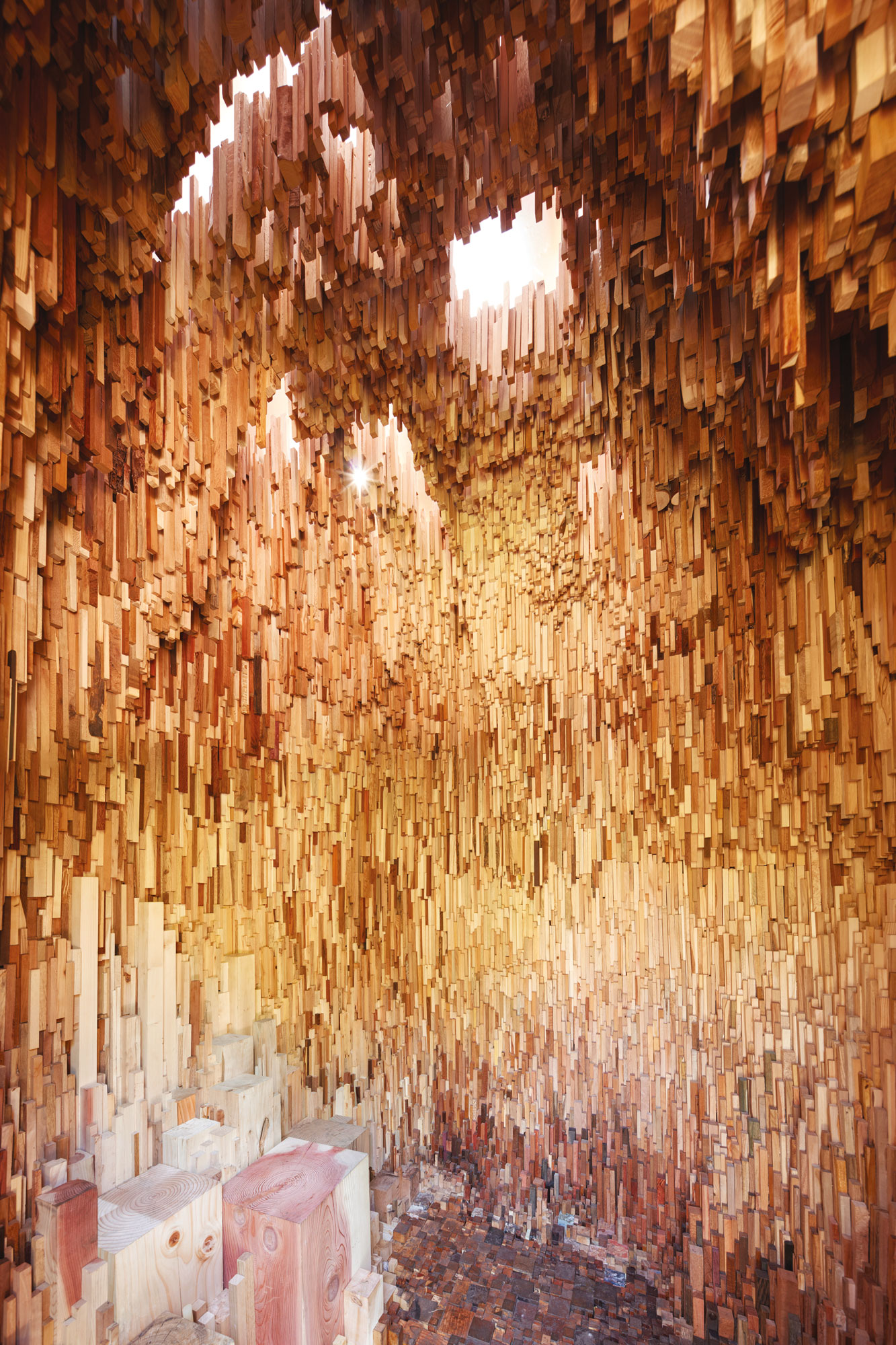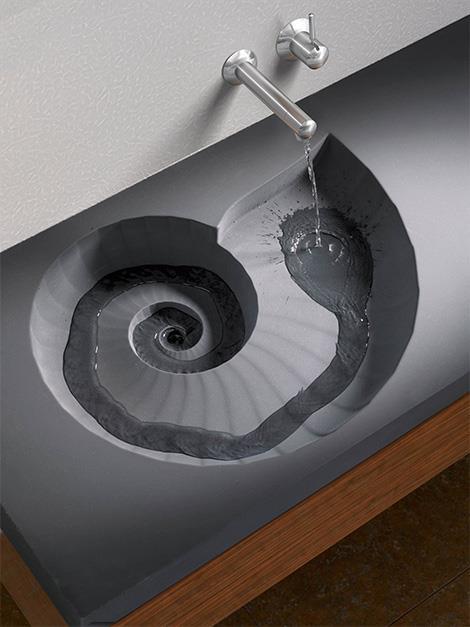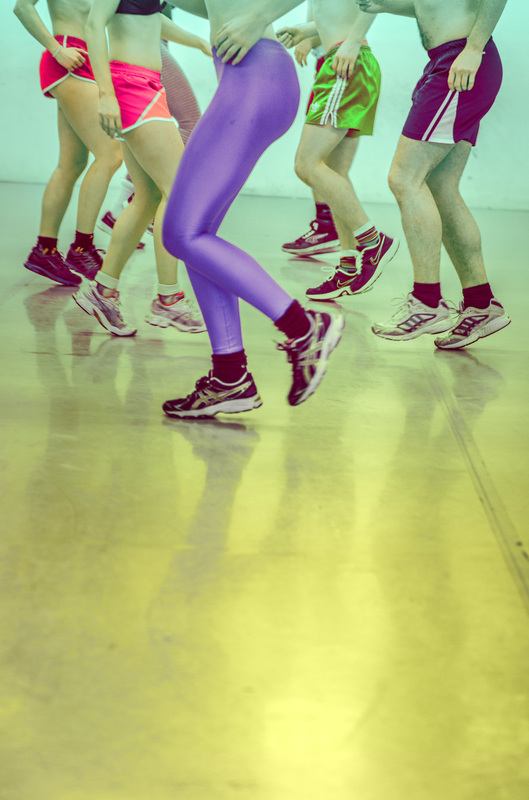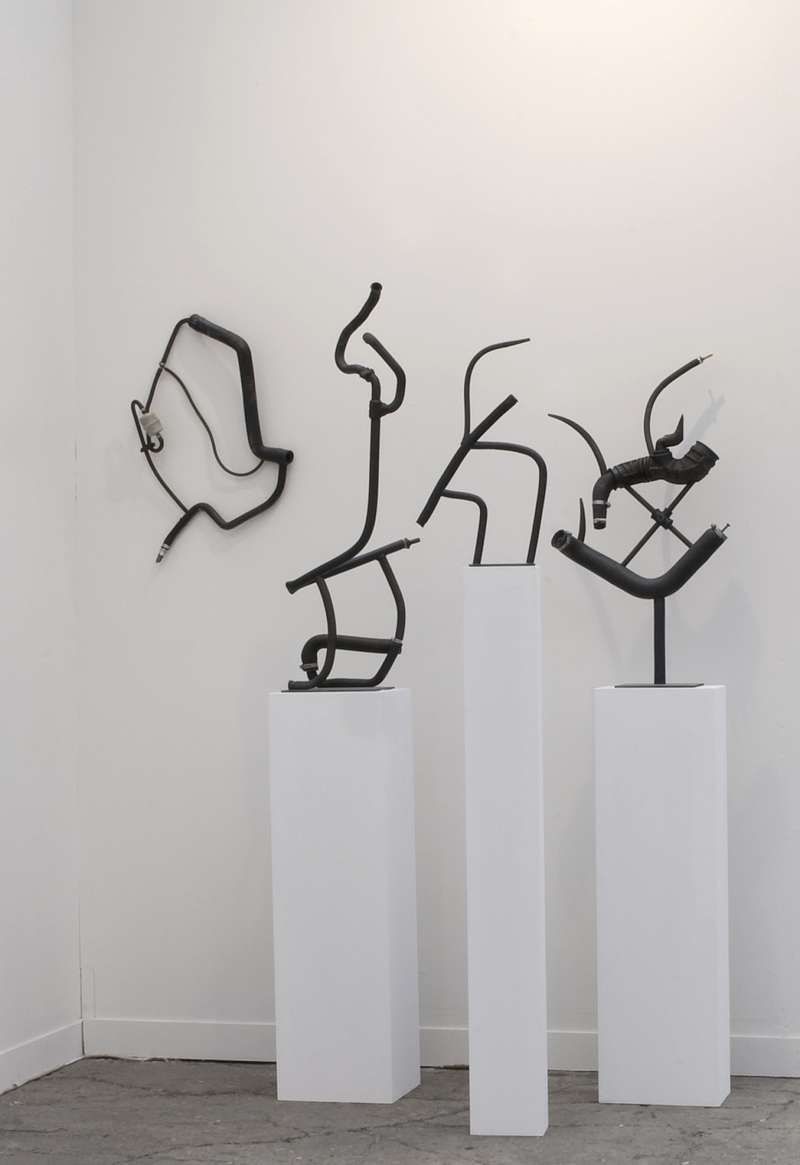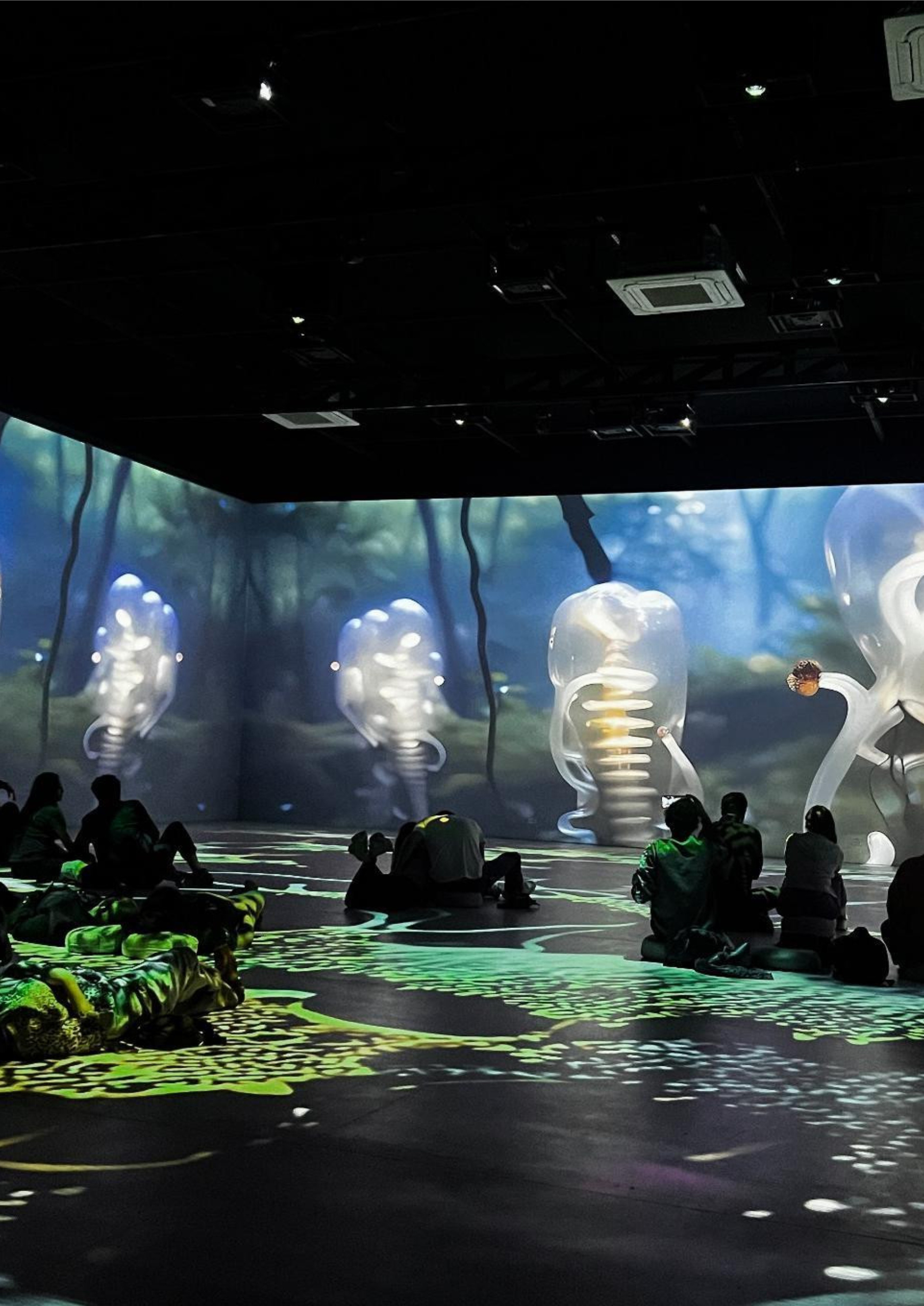
SYNTHETIKA: CNDSD & Iván Abreu
Pre(N)atura | Fonocene
CNDSD & Iván Abreu
FILE São Paulo 2025 | AI Videos
Festival Internacional de Linguagem Eletrônica
Pre(N)atura | Fonocene – México
Pre(N)atura | Fonocene é um projeto especulativo inspirado pelos estudos pós-naturais, concebido para explorar a era do Fonoceno — um período em que sons humanos e não humanos moldam experiências sensoriais e interações entre espécies. Nesta narrativa, seres híbridos do Cthuluceno emergem para desafiar as formas tradicionais de comunicação, utilizando a escuta como ferramenta para despertar a consciência da interdependência.
BIO
Iván Abreu é um artista interdisciplinar mexicano-cubano que integra ciência, design e tecnologia para questionar sistemas sociais e interações humanas. Premiado com honrarias como o Lumen Prize, expôs em instituições como ZKM, MAB e Ars Electronica. Malitzin Cortés, também conhecida como CNDSD, é uma artista mexicana que atua na interseção entre som, tecnologia e arquitetura especulativa, combinando live coding, audiovisuais e narrativas críticas.
